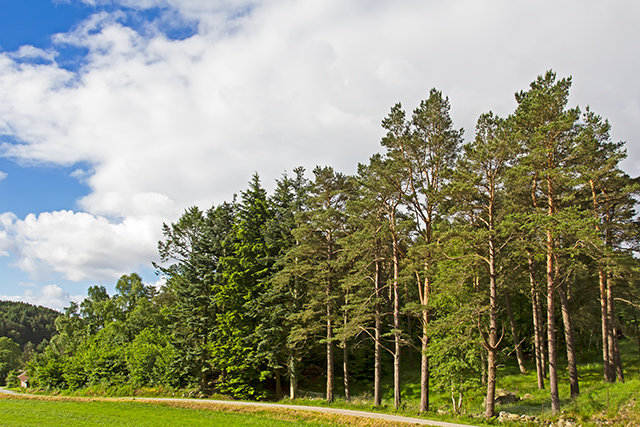3 Unique survival uses of pine tree resin
06/02/2018 / By Zoey Sky

Aside from being a good source of sturdy timber and wood pulp, aromatic pine trees also produce resin. When you’re out in the wild, you can use pine tree resin for various survival scenarios. (h/t to ReadyNutrition.com.)
Resin is a naturally occurring substance that protects trees from fungi and disease. Resin, which is also called “sap,” has antimicrobial properties. Resin allows trees to retain water and it can protect trees during droughts. Trees use resin as a “natural self-patching” to close any wounds within it, like a deep gouge in its bark.
Resin is often used to make wood stain and varnish, but below are three survival uses for pine tree resin:
- Firemaking — Pine tree resin burns and it is perfect for making torches. To make a torch using resin, tie a piece of cloth to the end of a long stick and apply some melted sap. Be careful because melted resin can get very hot. Melted pine tree resin is very sticky and it will drip easily so handle a resin torch with care to prevent serious burns. Resin can also be used as a firestarter or as a makeshift candle. Keep some dried gobs of resin in your camping gear so you have a way to easily light tinder, especially during wet conditions.
- First aid — Pine tree resin has antimicrobial and anti-inflammatory properties. A hardened piece of resin can be softened with heat and applied to a wound to help stop the bleeding. Soft pieces of resin can be chewed if you have a sore throat or a cold.
- Glue — Resin can be used to patch holes or tears. If you’re wounded, pine tree resin can even be used to “glue” a wound. It can also be used to repair damaged gear that needs some gluing.
You can gather both hardened and soft resin out in the woods. Ideally, resin should be stored in a glass container.
To harvest resin, cut a V-shaped notch into tree bark in rows parallel to one another. The resin will then collect in the notch, just make sure your container is ready to catch the sap. (Related: 10 Survival trees EVERYONE should plant on their property.)
Resin also forms amber. Amber is fossilized resin, and it is often turned into jewelry. Most of the time, amber forms with animals or insects trapped inside it. Amber usually contains insects like ants, bees, and spiders.
Pine tree resin can also be used to make pine tar, pitch, rosin, and turpentine.
Remember, if you’re out in the woods and need first aid, a firestarter, or some glue, you can always gather some versatile pine tree resin.
Using resin for waterproofing
Additionally, pine tree resin can be used for waterproofing. You can use resin to repair boats, or you can make shoes or structures waterproof.
Resin must be heated to a liquid form before you can use it for waterproofing. Don’t heat resin in a shallow container over an open flame since the flames from the fire might ignite the resin.
Steps:
- Let the fire burn down to coals before you heat resin.
- Get a short green stick and repeatedly strike one end to form bristles in the wood. This will turn the stick into a paintbrush-like implement. You can also chew on one end of the stick to break the fibers apart. This stick “brush” will be used to apply the resin.
- Lay the material flat where a rip or seam is exposed, and once the resin is in liquid form, apply it using the brush end of the stick.
Read more articles about the other uses of pine tree resin at Preparedness.news.
Sources include:
Tagged Under: bug out, Collapse, disaster, emergency medicine, first aid, Gear, off grid, pine tree, pine tree resin, pine tree sap, preparedness, preparedness and survival, prepper, prepping, resin, sap, SHTF, survival, survivalist




















